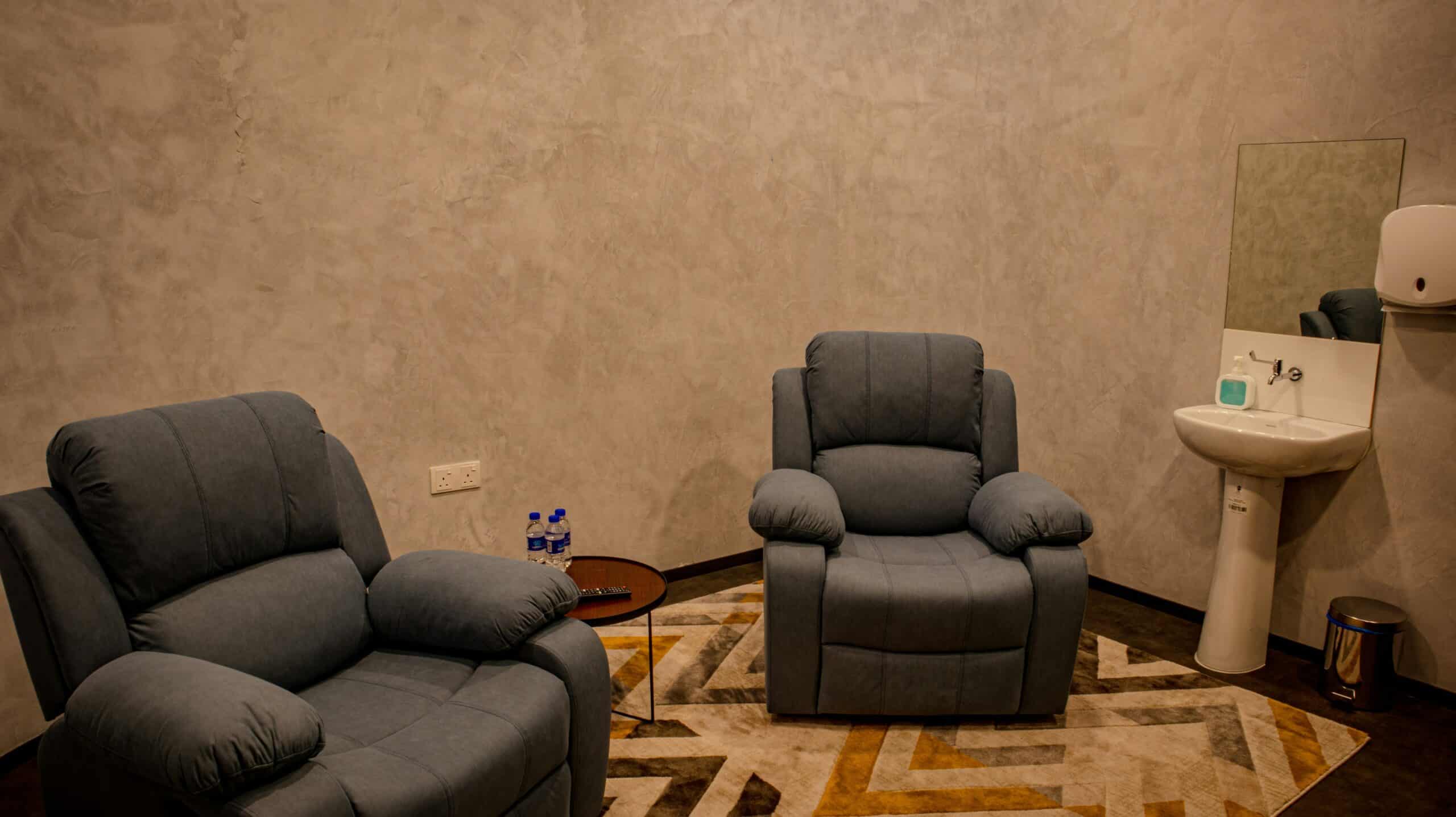Nadir Afonso, a Portuguese-born artist, was well-known for his geometric aesthetics in his paintings and artworks. Because of his death in 2013, most of them are currently shown in major museums across the world and controlled by the Nadir Afonso Foundation. He was 93 years old. The foundation commissioned Álvaro Siza to build the Nadir Afonso Contemporary Art Museum, which will house Nadir's major art collections.
Looking at this piece of architecture, a seamless merge of two architectural languages emerges: Le Corbusier’s and Oscar Niemeyer’s. Nadir Afonso worked with these great architects as an architect himself before majoring in art, and he grew fond of their design languages depicting rectilinear and timeless architecture. In designing this space, Álvaro Siza demonstrates both facets while encompassing the belief by Afonso that art is an act of perception, observation, and form manipulation as much as it is an act of imagination.
The most obvious aspect of this piece is its geometric manipulation, which accurately depicts Afonso's harsh angles in his paintings, which were distinguished by mathematical rigorousness and a sense of cruelty.
The museum is in Chaves, Portugal, and its facilities include an auditorium, exhibition halls, library, archive, workshop, café, and shop. Álvaro Siza's illustration of Nadir Afonso's mathematical exactitude on the right bank of the River Tamega cost £8.5 million, with 85% of the funding coming from private sources.
Because of its proximity to the river, the architect was concerned about potential floods in the future. Siza's approach was to elevate the museum with a set of perpendicular structural blades.
The project is quite linear, running next to a river and covering 2,700 square metres in white concrete. The staircases and balconies are completed with white granite and marble slabs. Utility spaces are clad in Zincalum, which is constructed of steel plates coated in aluminum-zinc.
The perpendicular concrete fins used to lift the structure contain triangular and rectangular cut-outs that allow visitors to use the area as covered passageways or breakout spaces.
The museum's entrance is accessible via a stepped path. A continuous skylight allows natural light into the central display room. The secondary display halls are open to the water. Álvaro Siza designed the project and separated the interior rooms into three pieces. Display spaces in the centre include a permanent display room, an archive, and temporary exhibition rooms.
The lobby, reception, public elevator, library, a 100-seater auditorium, dressing rooms, bookstore, and café are all located on the upper west side of the building. The opposite flank on the north-eastern top of the building includes a central control and security center, as well as reception staircases that go to the archives, bathrooms, staff quarters, administration, and visual arts workshops.
Eduardo Sourto de Moura, a fellow Pritzker Prize laureate, praised Álvaro Siza for his work on this museum. "I do not know if it's the best building, but it is one of the ones I like the most," the man replied. Siza's endeavor to push for clean walls while reaching precise angles of geometry is a tribute to an artist who put Portugal on the map with his 70-year career as a painter.
Project Information
Architects:
Álvaro Siza Vieira
Location:
Chaves, Portugal
Project Area: 2768.0 sqm
Year: 2015
Photography:
Fernando Guerra | FG+SG














